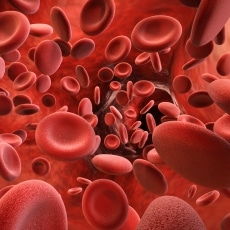
Iron Overload Disease

Summary
Hemochromatosis is a disease in which too much iron builds up in your body. Your body needs iron but too much of it is toxic. If you have hemochromatosis, you absorb more iron than you need. Your body has no natural way to get rid of the extra iron. It stores it in body tissues, especially the liver, heart, and pancreas. The extra iron can damage your organs. Without treatment, it can cause your organs to fail.
There are two types of hemochromatosis. Primary hemochromatosis is an inherited disease. Secondary hemochromatosis is usually the result of something else, such as anemia, thalassemia, liver disease, or blood transfusions.
Many symptoms of hemochromatosis are similar to those of other diseases. Not everyone has symptoms. If you do, you may have joint pain, fatigue, general weakness, weight loss, and stomach pain.
Your doctor will diagnose hemochromatosis based on your medical and family histories, a physical exam, and the results from tests and procedures. Treatments include removing blood (and iron) from your body, medicines, and changes in your diet.
NIH: National Heart, Lung, and Blood Institute
Source: MedlinePlus, National Library of Medicine.
Information pulled from the Hemochromatosis page.
MedlinePlus brings together authoritative health information from the National Library of Medicine (NLM), the National Institutes of Health (NIH), and other government agencies and health-related organizations.
Hemochromatosis
National Institute of Diabetes and Digestive and Kidney Diseases
Hemochromatosis
American Liver Foundation
Hereditary Hemochromatosis
American Academy of Family Physicians
Ferritin Blood Test
National Library of Medicine
Iron Tests
National Library of Medicine
Liver Function Tests
National Library of Medicine
Iron Chelation
Aplastic Anemia & MDS International Foundation
Listen to our
latest Podcast!


